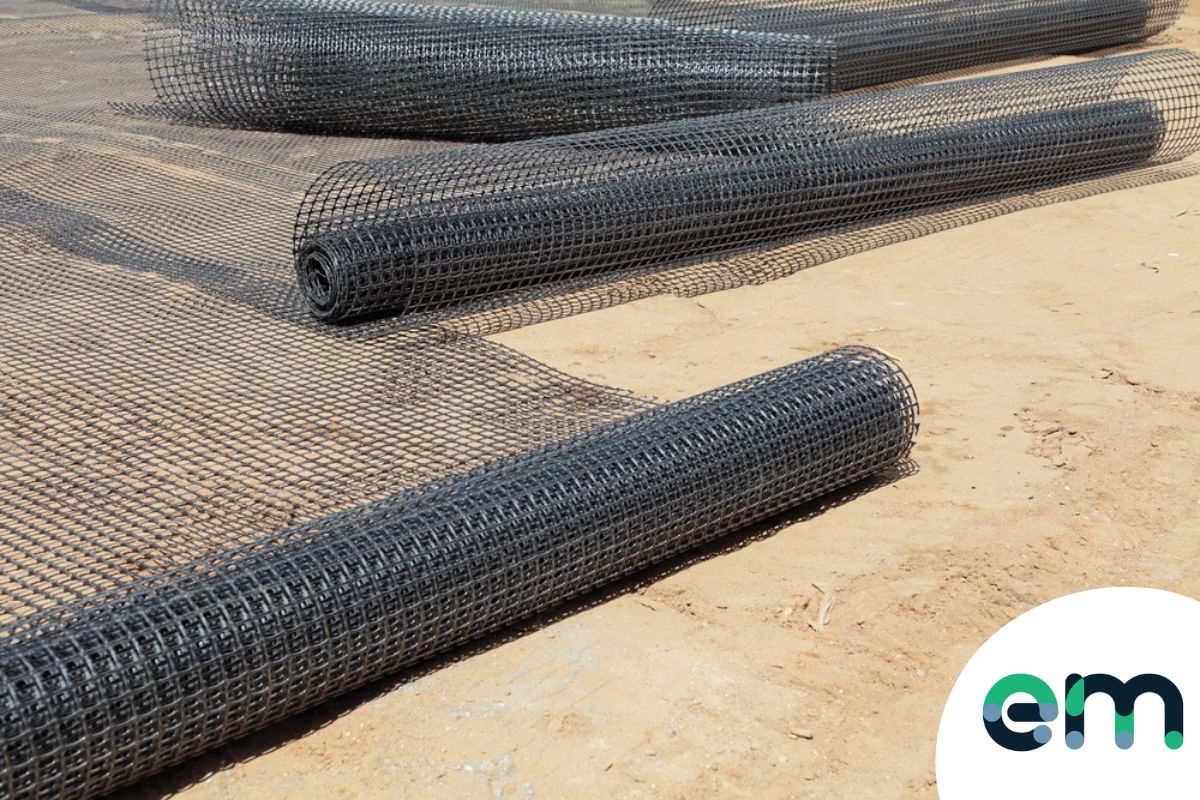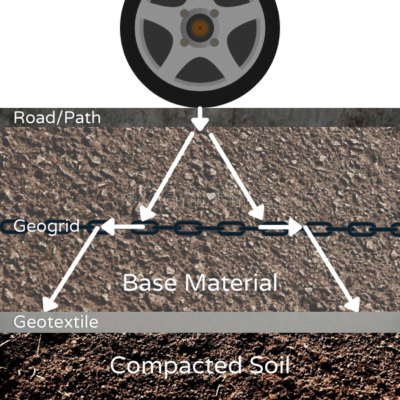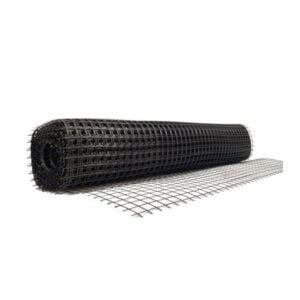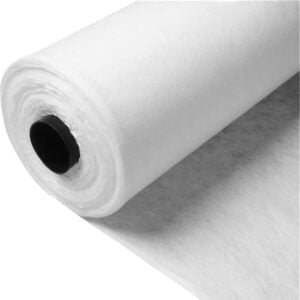No products in the basket.
Blog
What is a Biaxial Geogrid?
A biaxial geogrid is a geosynthetic compound made out of polypropylene polymers and are primarily used to reinforce and stabilise soils. They are made through a series of procedures including crossway stretching, lengthway stretching and extruding. This production process ensures that all the geogrids have high tension resistance along with a high tensile strength, which therefore increases the overall bearing force that the geogrids are capable of.
It is important to also understand that there are three different types of geogrids available on the market; uniaxial, biaxial and triaxial. In our case we are focusing on the Biaxial Geogrid which is designed to ensure that the subgrade is strong in two directions, both length and width. This is why these types of geogrids have been used for projects like pavement and road stabilisation for over thirty years.
We only stock the Biaxial geogrids here at EasyMerchant as the others are more specialist for uses such as airport pavements and hardstand areas etc. Biaxial geogrid is the most commonly sold type as it serves a variety of different purposes.
How does the Biaxial Geogrid work?
If the soil in the area where you will be adding a dense load (such as slabs, railway sleepers, trucks or lorries) is too soft, the pressure will force the soil to warp. A Geogrid will help to secure the soil through compacting the aggregate which furthermore enhances the bearing capacity of the underlying ground. In short, it strengthens the ground and stops it from disappearing in heavy traffic, preventing rutting – etc.
Unlike when the load is introduced to the soil alone, the geogrid forces the heavy load’s pressure to be spread over the entire surface area of the grid, due to the subgrade having strength in both directions. It’s a similar reason to why, if you were walking on thin ice, you are better off laying down to spread your body weight over a larger surface, it’s the same principle here.
This essentially means once the Biaxial geogrid is set out and the heavy load is put in place the soil beneath the grid compacts and the subrade’s strength is further enhanced. This means that it is very cost effective by saving both labour and maintenance expenses.
Works really well for farm tracks etc or country lanes that lorries drive up and down. It helps to stop the ruts caused by the weight on the tyres which otherwise would need regularly refilling.
Different uses for Biaxial Geogrids?
Geogrids can be installed underneath the surfaces of various construction projects to stop deformation caused by subsidence build up over time. Examples of this may include:
- Railroads
- Airport runways
- Car parks
- Construction haulage roads
- Patios
- Driveways
- Embankments
- Farm tracks
- Country lanes
Geogrids are also used behind retaining walls as a reinforcement layer to keep the soil in a fixed position.
Can I use a Geogrid alongside Geotextiles?
If the soil in a specific area has a high moisture content, the site may be experiencing ‘pumping’. This is where various soil types mix and weakens the soils core bearing ratio. In other words, wet soggy ground will pit or trench even quicker – In this case a non woven geotextile membrane can be used to separate the aggregate from the geogrid. This will filter the soil participles and it helps to separate them from the aggregate layer which helps to further compact the subgrade. Strengthening the ground and helping to remove water.
How to lay Biaxial Geogrid?
Before placing any geogrid down you must first prepare the subgrade (the aggregate or base soil beneath). The subgrade must be leveled out with compliance to any standards in order to ensure the whole job can be performed correctly and efficiently, and within any guidelines set out by construction standards specific to your project. It is also advised that heavy duty hand protection is worn when handling Biaxial geogrid as it can be sharp, especially when cut.
The geogrid can firstly be placed parallel to the central line of where your project is taking place or in the crossways direction. If you are needing to use a geotextile membrane for reasons such as your site experiencing ‘pumping’, then this should be laid down first, before you place the geogrid.
There must be an overlap between the adjacent rolls. The size of this overlap will depend on the grading and the thickness of the fill and type of subgrade. As standard a minimum overlap tends to be 300mm and and a maximum of 600mm. Commercial projects may vary with contracted agreements. Usually overlaps would just be overlapped with the aggregate being placed over the top to weigh it down, however it can be stapled into place too.
During the fill process it should be placed in small layers and not directly tipped onto the geogrid. Care should be taken when handling the geogrids, to minimise the risk of damage.
There are standards associated with every different project and the compaction must be carried out in accordance with the rules set out.
We stock two types of biaxial geogrid, the 20/20s and 30/30s. The difference between the two is the tensile strength. The 20/20s has a tensile strength of 20KM/m and the 30/30s has a tensile strength of 30KN/m. Each of them have the same grid opening size (the size of the holes in the grid) of 40mm and both come in the same sizes with the same weight.



